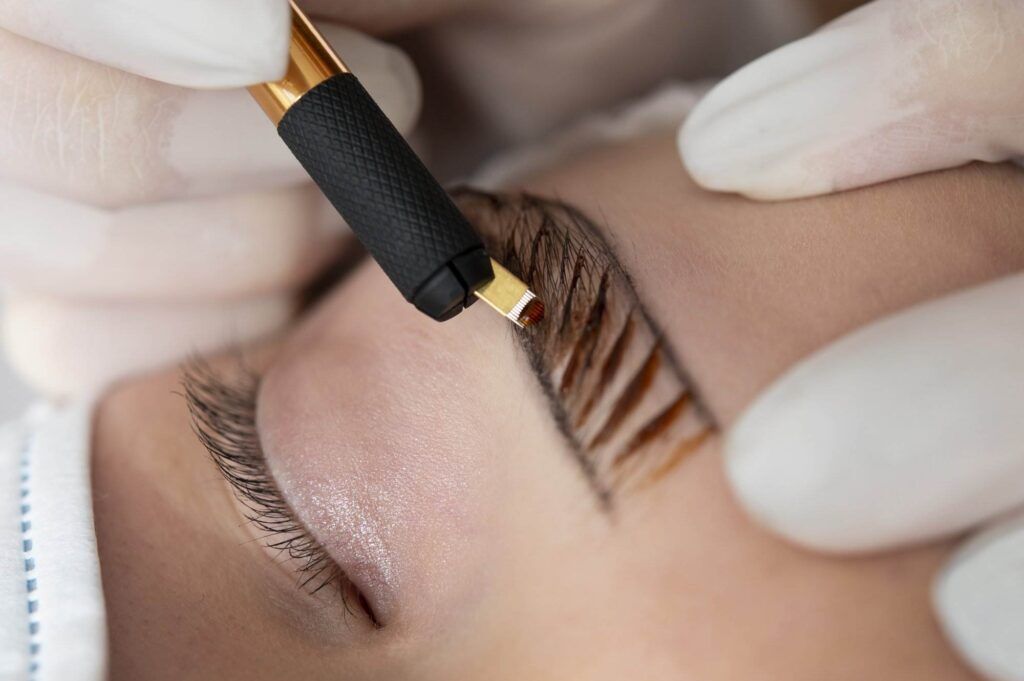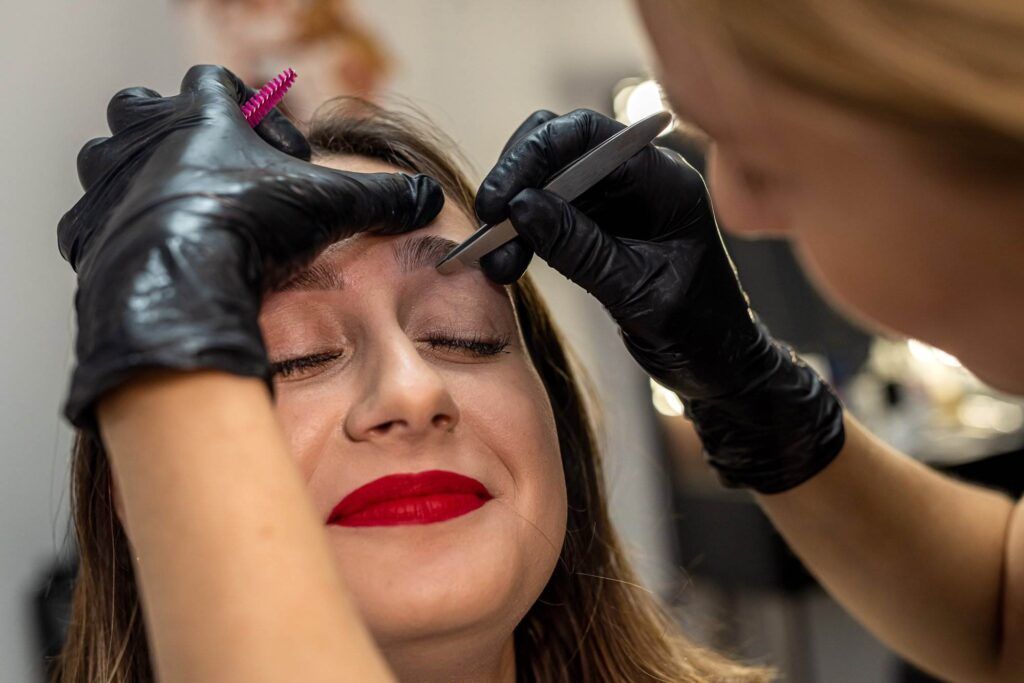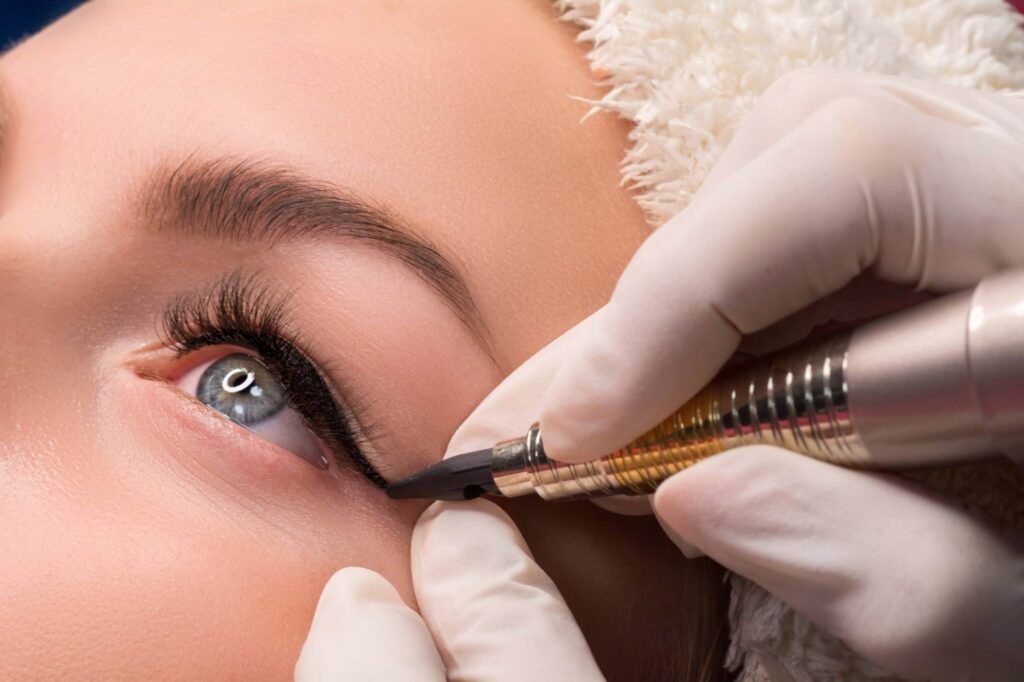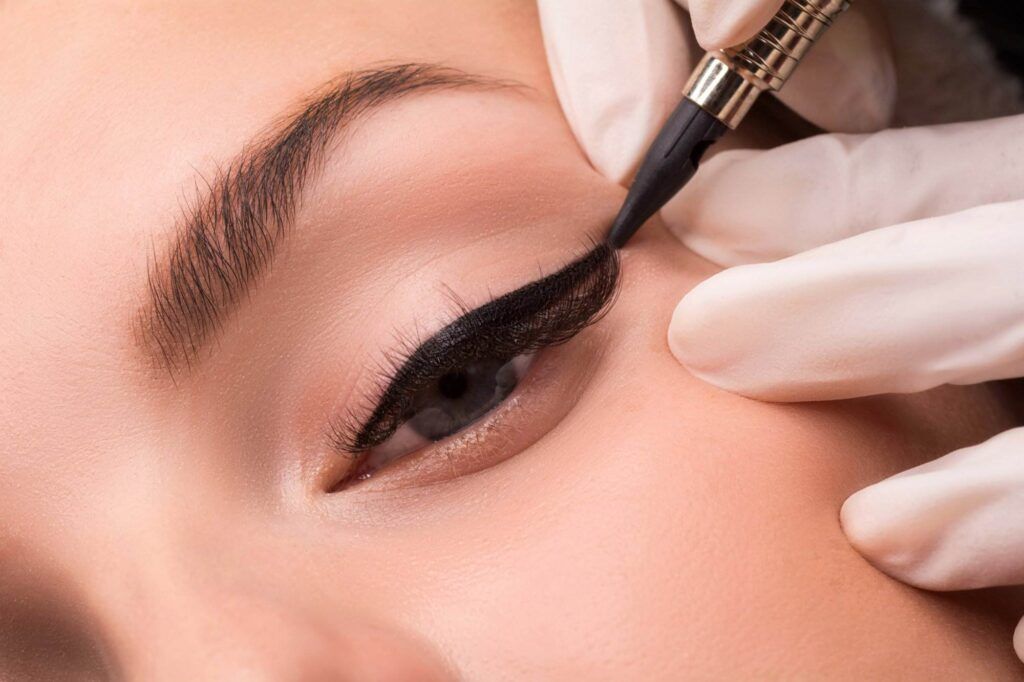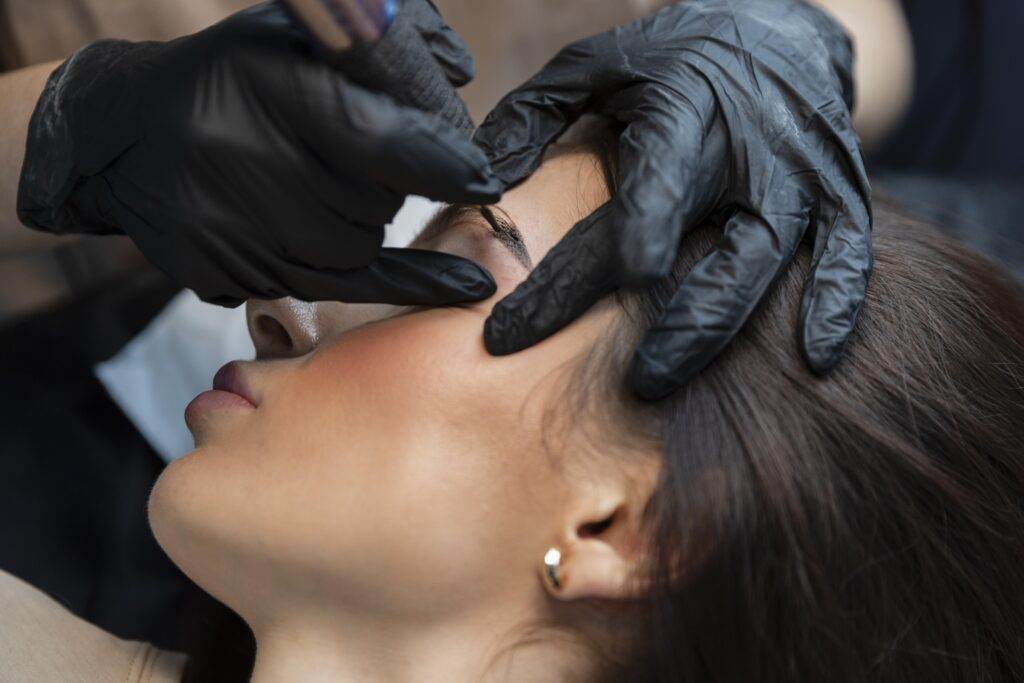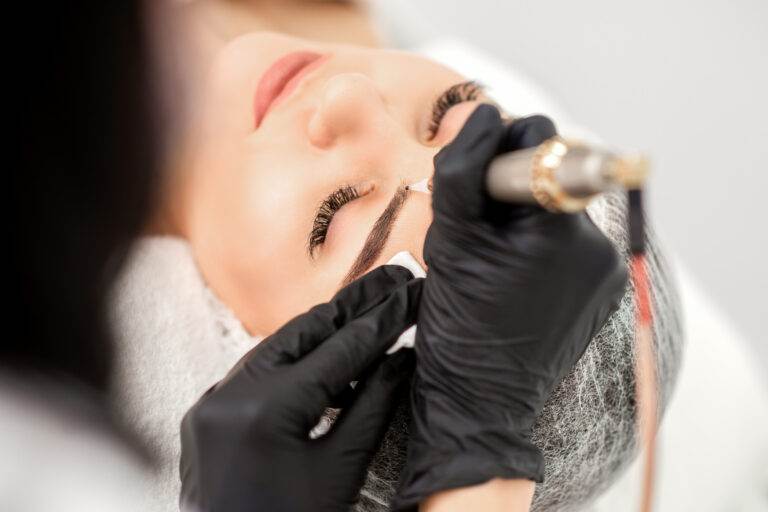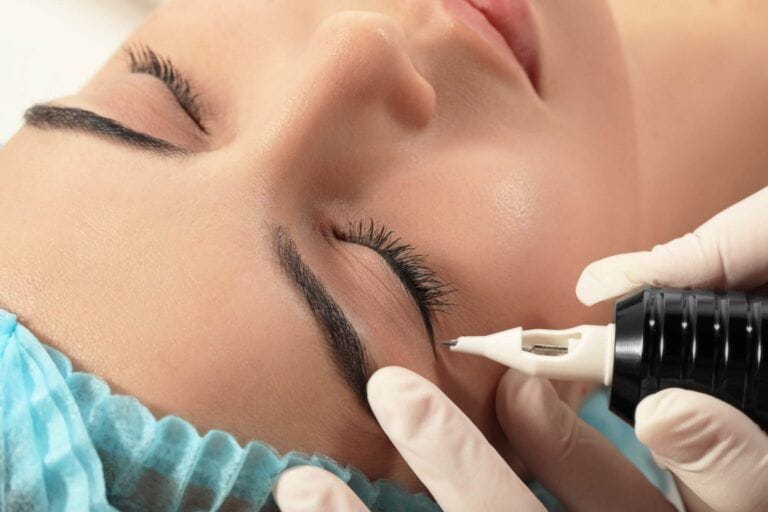Key Takeaways
- Understand the cosmetic tattooing process to know what to expect during aftercare.
- Prepare for the aftercare routine by gathering necessary supplies and scheduling time for proper care.
- Cleanse and care for the tattooed area using gentle, non-abrasive products and techniques.
- Moisturize and protect the skin to promote healing and prevent fading of the tattoo.
- Manage swelling, redness, and discomfort by following aftercare instructions and seeking professional advice if needed.
Understanding the Cosmetic Tattooing Process
Cosmetic tattooing, also known as permanent makeup or microblading, has become increasingly popular in recent years. This specialized technique involves the use of pigments to enhance or create the appearance of features such as eyebrows, eyeliner, and lip liner. The process involves the careful application of these pigments into the skin, creating a natural and long-lasting effect. While the results can be stunning, it is crucial to understand the importance of proper aftercare to ensure the best possible outcome and long-lasting effects.
Cosmetic tattooing is performed by skilled professionals who use specialized tools and techniques to deposit the pigments into the skin. The areas commonly treated include the eyebrows, where the technique can create a fuller, more defined appearance; the eyelids, where eyeliner can be applied; and the lips, where a lip liner or full lip color can be achieved. The process is designed to be semi-permanent, with the pigments gradually fading over time, requiring periodic touch-ups to maintain the desired look.
Proper aftercare is essential to the success of any cosmetic tattooing procedure. The healing process can be delicate, and it is crucial to follow the instructions provided by the artist to ensure the best possible results. By understanding the aftercare routine and taking the necessary steps to care for the tattooed area, individuals can enjoy the benefits of their cosmetic tattoo for an extended period.
Preparing for the Aftercare Routine
Before undergoing a cosmetic tattooing procedure, it is important to gather the necessary supplies for the aftercare process. This includes gentle cleansers, moisturizers, and any recommended ointments or creams. It is also crucial to understand the timeline for the aftercare process, which typically involves an initial healing period followed by long-term maintenance.
The initial healing period can last anywhere from one to two weeks, depending on the specific procedure and the individual’s skin type and healing abilities. During this time, it is essential to follow the artist’s instructions closely to ensure proper healing and to prevent any complications, such as infection or excessive scarring. The long-term maintenance phase involves ongoing care to keep the tattooed area looking its best, including regular touch-ups and the use of sun protection.
By preparing for the aftercare routine in advance, individuals can ensure that they have everything they need to support the healing process and maintain the appearance of their cosmetic tattoo over time. This proactive approach can help to minimize any disruptions or setbacks during the aftercare period and contribute to the overall success of the procedure.
Cleansing and Caring for the Tattooed Area
Proper cleansing is a crucial aspect of the cosmetic tattooing aftercare routine. It is essential to keep the tattooed area clean to prevent infection and support the healing process, but it is also important to do so in a way that does not disrupt the delicate skin. The recommended cleansing technique involves using a gentle, fragrance-free cleanser and lukewarm water, gently patting the area dry with a clean, soft towel.
The frequency and duration of the cleansing routine will depend on the specific instructions provided by the cosmetic tattoo artist. Generally, the area should be cleaned two to three times per day, for the first few days following the procedure. As the tattoo begins to heal, the frequency can be reduced to once or twice daily. It is important to avoid over-cleaning the area, as this can lead to irritation and delayed healing.
In addition to the cleansing routine, it is also essential to avoid touching or picking at the tattooed area, as this can disrupt the healing process and lead to complications. Individuals should also refrain from using any harsh or abrasive products on the area, as these can further irritate the skin and interfere with the tattoo’s appearance.
By following the recommended cleansing techniques and avoiding common mistakes, individuals can help to ensure that their cosmetic tattoo heals properly and maintains its vibrant, long-lasting appearance.
Moisturizing and Protecting the Skin
| Aftercare Tips | Details |
|---|---|
| Keep the area clean | Gently clean the tattooed area with a mild, fragrance-free cleanser |
| Avoid water and sweat | Avoid swimming, saunas, and intense workouts that cause excessive sweating |
| Avoid sun exposure | Avoid direct sunlight and use sunscreen to protect the tattooed area |
| Avoid picking or scratching | Avoid touching or picking at the tattooed area to prevent infection and scarring |
| Follow aftercare instructions | Follow the specific aftercare instructions provided by your cosmetic tattoo artist |
Maintaining proper moisture levels is a critical aspect of the cosmetic tattooing aftercare routine. The healing process can be delicate, and the skin may become dry or flaky if it is not properly hydrated. This can lead to complications, such as premature fading or uneven color distribution.
To address this, it is recommended to use a gentle, fragrance-free moisturizer on the tattooed area. The moisturizer should be applied several times a day, particularly after cleansing, to keep the skin hydrated and supple. Recommended moisturizers may include products specifically formulated for use on tattoos, or gentle, non-comedogenic moisturizers that will not clog pores or interfere with the healing process.
In addition to moisturizing, it is also important to protect the tattooed area from excessive sun exposure. UV radiation can cause the pigments to fade prematurely and can also lead to discoloration or uneven healing. Individuals should use a broad-spectrum sunscreen with an SPF of at least 30 whenever they are outdoors, and they should avoid direct sun exposure on the tattooed area as much as possible during the initial healing period.
By maintaining proper moisture levels and protecting the skin from the sun, individuals can help to ensure that their cosmetic tattoo heals properly and retains its vibrant, long-lasting appearance.
Managing Swelling, Redness, and Discomfort
Cosmetic tattooing, like any other form of tattooing, can result in some temporary side effects, such as swelling, redness, and mild discomfort. These are normal reactions to the procedure and are typically a sign that the skin is healing properly.
To address these common side effects, individuals can use a cold compress or ice pack on the tattooed area for the first 24 to 48 hours after the procedure. This can help to reduce swelling and alleviate any discomfort. Over-the-counter pain relievers, such as ibuprofen or acetaminophen, can also be used to manage any mild discomfort.
It is important to avoid picking or scratching the tattooed area, as this can further irritate the skin and potentially lead to infection or other complications. Instead, individuals should gently clean the area and apply any recommended ointments or creams to help soothe the skin and promote healing.
In most cases, the swelling, redness, and discomfort should subside within the first week or two following the procedure. If these symptoms persist or worsen, or if the individual experiences any other concerning side effects, they should consult with their cosmetic tattoo artist or a healthcare professional for further guidance.
By addressing these common side effects proactively and following the recommended aftercare instructions, individuals can help to ensure a smooth and successful healing process for their cosmetic tattoo.
Avoiding Common Aftercare Mistakes
While the cosmetic tattooing aftercare process may seem straightforward, there are several common mistakes that individuals can make that can interfere with the healing process and the long-term appearance of the tattoo.
One of the most common mistakes is over-cleaning the tattooed area. While it is important to keep the area clean, excessive cleaning can disrupt the delicate healing process and lead to irritation or even infection. It is crucial to follow the artist’s instructions regarding the frequency and technique of the cleansing routine.
Another common mistake is picking or scratching at the tattooed area. This can cause the pigments to become uneven or distorted, and it can also lead to infection or scarring. Individuals should resist the urge to pick at any scabs or flaking skin and instead allow the area to heal naturally.
Additionally, some individuals may use inappropriate products on the tattooed area, such as harsh cleansers, exfoliants, or products with fragrances or other irritants. These can further irritate the skin and interfere with the healing process. It is important to use only the recommended products, which are typically gentle, fragrance-free, and specifically formulated for use on tattoos.
By avoiding these common mistakes and following the artist’s instructions closely, individuals can help to ensure a smooth and successful healing process for their cosmetic tattoo.
Promoting Optimal Healing for Long-Lasting Results
Achieving long-lasting, flawless results from a cosmetic tattoo requires more than just proper aftercare during the initial healing period. It also involves supporting the skin’s natural healing abilities and protecting the tattoo from external factors that could compromise its appearance over time.
One key strategy is to ensure proper sun protection. UV radiation can cause the pigments in the tattoo to fade prematurely, leading to an uneven or dull appearance. Individuals should use a broad-spectrum sunscreen with an SPF of at least 30 whenever they are outdoors, and they should avoid direct sun exposure on the tattooed area as much as possible.
In addition to sun protection, individuals should also avoid activities that could disrupt the healing process, such as excessive sweating, swimming, or contact sports. These activities can cause the tattoo to become irritated or the pigments to become distorted.
Throughout the healing process and beyond, it is essential to follow the aftercare instructions provided by the cosmetic tattoo artist. These instructions are tailored to the individual’s specific procedure and skin type, and they are designed to support the skin’s natural healing abilities and ensure the best possible long-term results.
By taking a proactive approach to supporting the healing process and protecting the tattoo from external factors, individuals can help to ensure that their cosmetic tattoo maintains its vibrant, long-lasting appearance for years to come.
Maintaining the Tattoo’s Appearance Over Time
Even after the initial healing process is complete, it is important to continue caring for the cosmetic tattoo to maintain its appearance over time. This may involve periodic touch-ups or color refreshing to address any fading or changes in the pigmentation.
The frequency of these touch-ups will depend on a variety of factors, including the individual’s skin type, the specific procedure performed, and the artist’s recommendations. In general, most cosmetic tattoos will require a touch-up every one to three years to keep the color looking its best.
In addition to periodic touch-ups, individuals can also take steps to protect the tattoo’s appearance on a daily basis. This includes using a high-quality sunscreen whenever the tattooed area is exposed to the sun, as UV radiation can cause the pigments to fade prematurely.
Individuals should also avoid activities that could disrupt the tattoo, such as excessive scrubbing or exfoliation, and they should use only gentle, fragrance-free products on the tattooed area. By following these simple maintenance tips, individuals can help to ensure that their cosmetic tattoo continues to look its best for years to come.
When to Seek Professional Advice or Assistance
While the cosmetic tattooing aftercare process is generally straightforward, there may be instances where individuals need to seek professional advice or assistance. It is important to be vigilant for any signs of complications or issues that may require intervention.
One of the most important signs to watch for is any indication of infection, such as increased redness, swelling, or discharge from the tattooed area. If these symptoms persist or worsen, it is crucial to consult with the cosmetic tattoo artist or a healthcare professional as soon as possible to prevent further complications.
In addition to signs of infection, individuals should also be aware of any significant changes in the appearance of the tattoo, such as significant fading, discoloration, or distortion of the pigments. These changes may indicate that the tattoo requires a touch-up or that there is an underlying issue that needs to be addressed.
If individuals have any concerns or questions about the aftercare process or the long-term maintenance of their cosmetic tattoo, they should not hesitate to reach out to their artist or a healthcare professional for guidance. By seeking professional advice when needed, individuals can help to ensure that their cosmetic tattoo continues to look its best and that any potential issues are addressed in a timely and effective manner.
FAQs
What is cosmetic tattooing?
Cosmetic tattooing, also known as permanent makeup or micropigmentation, is a cosmetic technique that involves depositing colored pigments into the skin to create long-lasting makeup effects, such as eyeliner, lip color, and eyebrow definition.
What is cosmetic tattooing aftercare?
Cosmetic tattooing aftercare refers to the steps and precautions that should be taken after getting a cosmetic tattoo to ensure optimal healing and long-lasting results. This includes proper cleaning, moisturizing, and protection of the treated area.
How long does it take for cosmetic tattooing to heal?
The healing process for cosmetic tattooing can vary depending on the individual and the specific technique used. Generally, it takes about 7-14 days for the initial healing to occur, with full healing and color settling taking several weeks.
What are some tips for optimal healing after cosmetic tattooing?
Some tips for optimal healing after cosmetic tattooing include keeping the treated area clean and dry, avoiding sun exposure and swimming, applying recommended ointments or moisturizers, and avoiding picking or scratching the treated area.
How can I ensure long-lasting results after cosmetic tattooing?
To ensure long-lasting results after cosmetic tattooing, it is important to follow the aftercare instructions provided by the tattoo artist, avoid excessive sun exposure, use sunscreen on the treated area, and schedule touch-up appointments as recommended.

